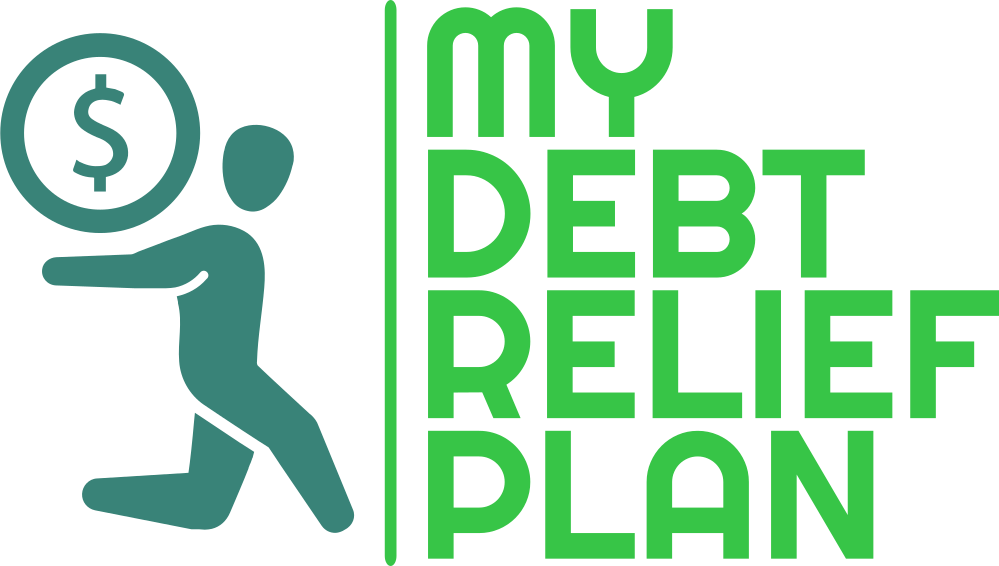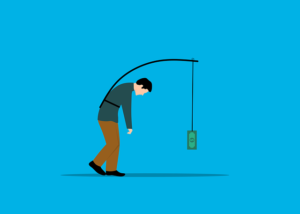Breaking Free: Navigating the Debt Trap and Charting a Path to Financial Freedom
In the labyrinth of modern financial challenges, many find themselves ensnared in the daunting web of debt. The debt trap, a situation where individuals become entangled in a cycle of borrowing to meet daily needs, often feels insurmountable. However, understanding its origins and adopting strategic measures can pave the way to liberation and financial resilience.
Contents
The Debt Trap Unveiled
The debt trap is a complex interplay of financial missteps, unexpected life events, and the lure of easy credit. From mounting credit card bills to high-interest loans, individuals may find themselves caught in a vicious cycle, struggling to make ends meet while interest accumulates. Breaking free from this cycle requires a multi-faceted approach that addresses both the root causes and the immediate challenges.
Understanding the Root Causes
1. Financial Literacy: Lack of financial education often contributes to poor money management. Understanding the basics of budgeting, saving, and investing is crucial in avoiding the pitfalls of excessive debt.
2. Emergency Preparedness: Unexpected life events, such as medical emergencies or job loss, can trigger a debt spiral. Establishing an emergency fund acts as a financial safety net, preventing the need for high-interest borrowing during crises.
3. Disciplined Spending: Impulsive spending and living beyond one’s means contribute significantly to the debt trap. Cultivating disciplined spending habits and distinguishing between wants and needs is key to financial stability.
Strategies to Overcome the Debt Trap
1. Create a Comprehensive Budget:
- Assess your income and expenses meticulously.
- Prioritize essential expenses such as housing, utilities, and groceries.
- Allocate a portion of your income to debt repayment.
2. Negotiate Interest Rates:
- Contact creditors to negotiate lower interest rates.
- Explore balance transfer options for credit card debt.
3. Consolidate Debt:
- Consider debt consolidation to streamline multiple debts into a single, more manageable payment.
- Explore options like personal loans or debt consolidation programs.
4. Build an Emergency Fund:
- Start saving for emergencies to avoid relying on credit during unexpected financial setbacks.
- Aim for at least three to six months’ worth of living expenses in your emergency fund.
5. Seek Professional Guidance:
- Consult with financial advisors or credit counselors to create a tailored debt repayment plan.
- Explore debt management programs that provide structured approaches to debt elimination.
6. Prioritize High-Interest Debt:
- Tackle debts with the highest interest rates first to minimize overall interest payments.
- Make minimum payments on other debts while focusing on eliminating one at a time.
Conclusion
Escaping the clutches of the debt trap requires a combination of financial education, discipline, and strategic planning. By addressing the root causes, adopting sound financial practices, and implementing targeted strategies, individuals can break free from the cycle of debt and pave the way to lasting financial freedom. Remember, it’s never too late to take control of your financial destiny – start today and embark on the journey to a debt-free future.



